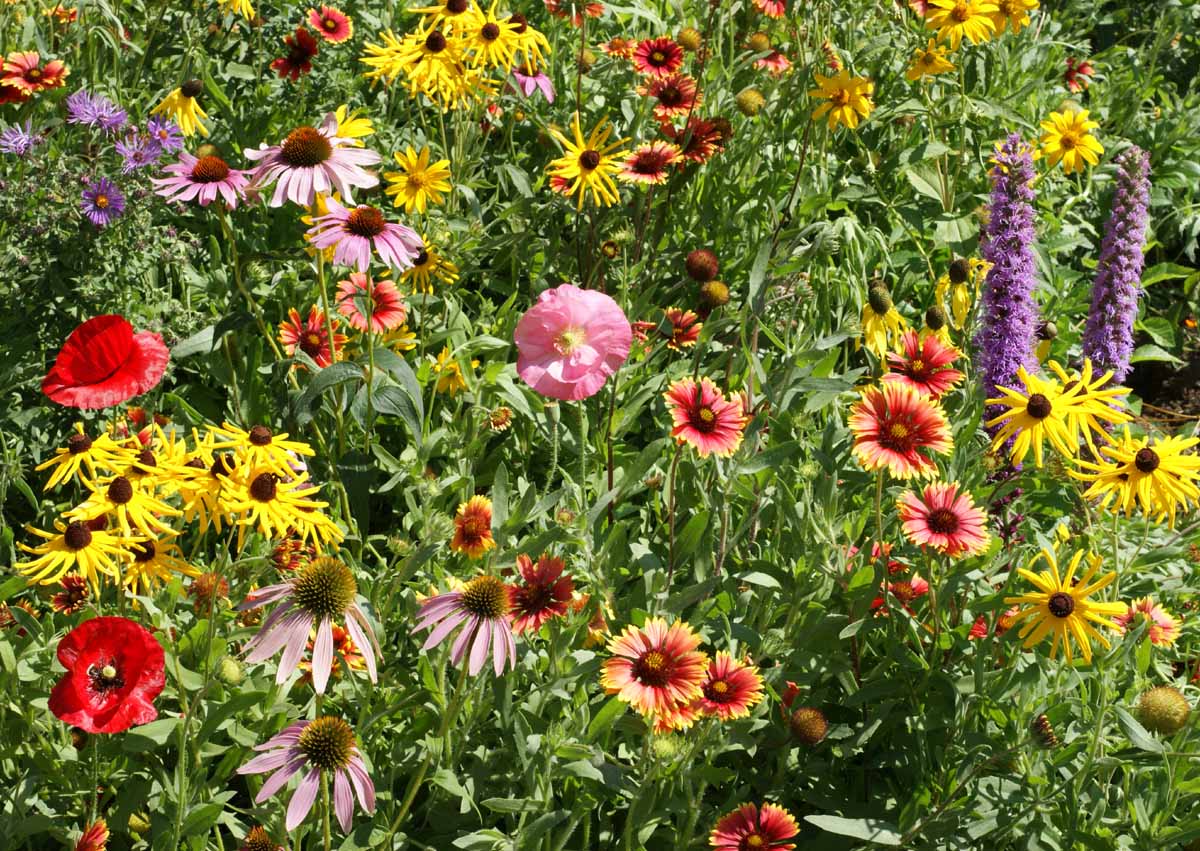Description
HOW TO PLANT:
Good seed-to-soil contact is essential for successful seed germination.
On Bare Soil
1. Rake to form grooves
2. Apply seed with a drop or cyclone spreader using a carrier of sand, vermiculite or fine fescue. For small sites, seeds may be broadcast by hand.
3. Lightly rate to ensure proper soil-seed contact. Roll or track over the seed bed, and apply a light straw mulch to preserve surface moisture and aid soil stabilization. For optimum germination, keep the area evenly moist.
Seeding Into Existing Vegetation
1. Use Roundup®, following manufacturer’s recommendations, to eliminate any grass or weed cover which may compete with the wildflower seedlings.
2. Scarify or shallowly till the soil surface with a rake or time harrow to create a crumbly seed bed.
3. Apply seed with a drop or cyclone spreader. A vertical groove slit seeder may also be used to simultaneously scarify the soil surface and deposit seeds into grooves.
4. Lightly rake or rollover area or follow with a tractor to ensure proper soil seed contact. Add a light dressing of straw mulch. For optimum germination keep the area evenly moist
Note: Roto-tilling or plowing the site tends to expose weed seed which compete with wildflower plantings. Use either of these soil preparation methods only when soil compaction is a definite problem. Plan weed control measures accordingly.
For Environmentally Sensitive Sites
For small sites, cover the areas with black or clear plastic for several weeks during the spring or summer to kill unwanted weeds. On larger sites, till existing vegetation several times during the course of the year prior to planting. Seed as specified for bare soil.




